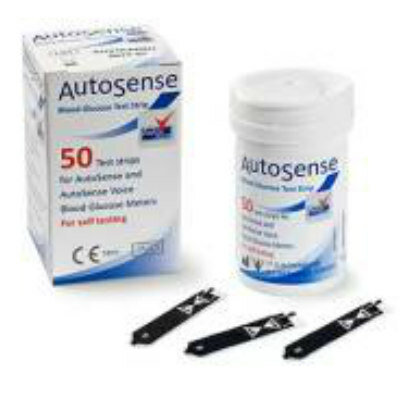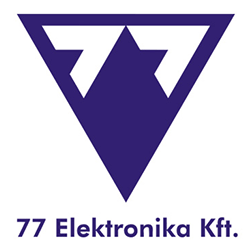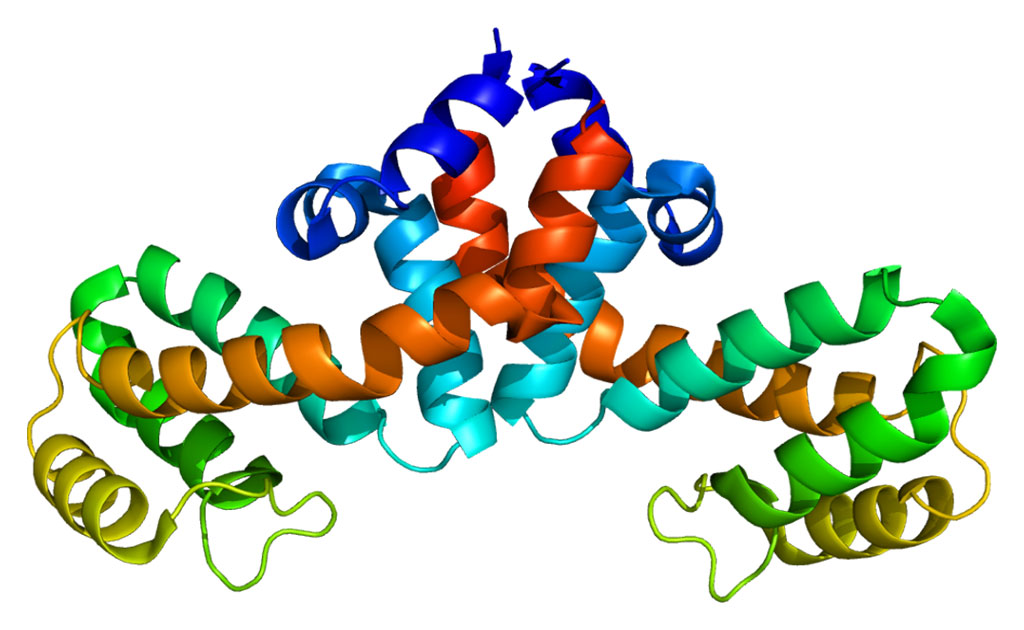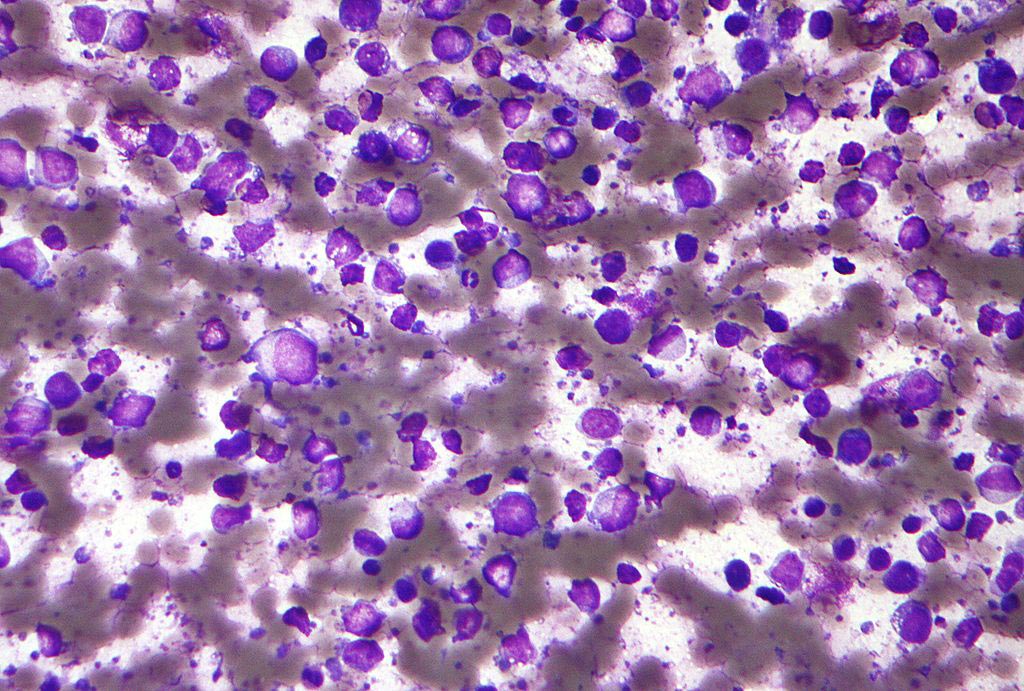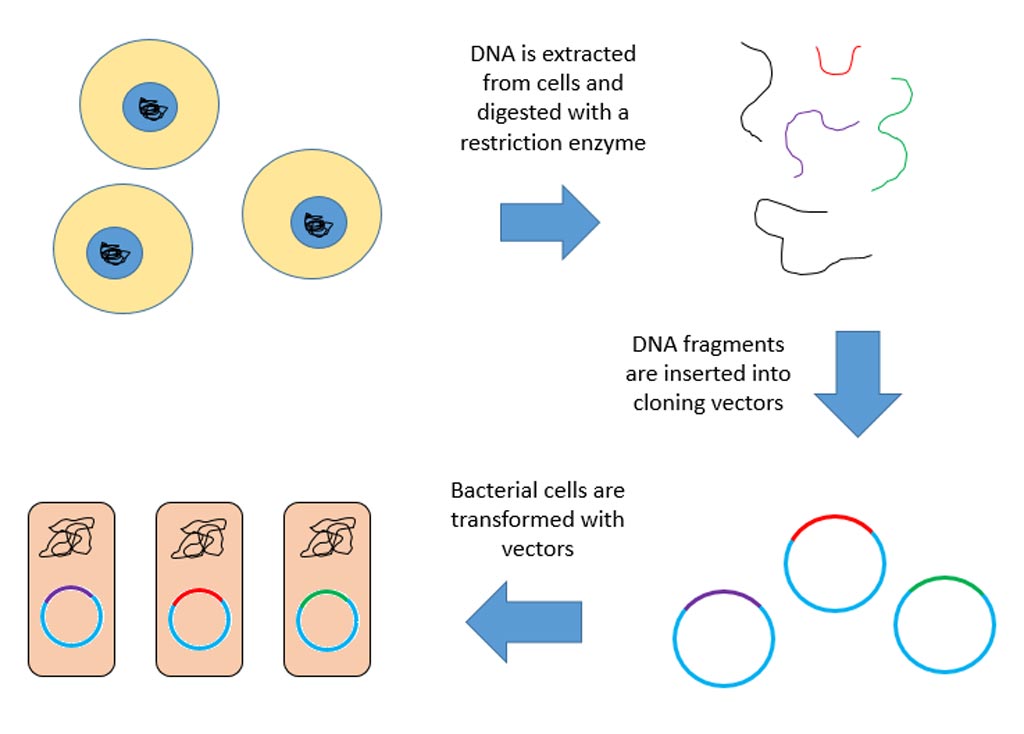Infrared Light Causes Organic Nanoparticles to Heat Up and Cook Cancer Cells
By LabMedica International staff writers
Posted on 06 Dec 2012
Novel organic nanoparticles that generate heat when exposed to infrared light effectively killed colorectal cancer cells in a cell-culture model system.Posted on 06 Dec 2012
Investigators at Wake Forest Baptist Medical Center (Winston-Salem, NC, USA) developed conjugated polymer nanoparticles (PNs) consisting of 2-ethylhexyl cyclopentadithiophene copolymerized with 2,1,3-benzothiadiazole (for nano-PCPDTBT) or 2,1,3-benzoselenadiazole (for nano-PCPDTBSe). The PNs were stable in aqueous media and showed no significant toxicity up to one mg/mL. Upon exposure to infrared light at 808 nm, the PNs generated temperatures above 50 degrees Celsius.
Experiments were carried out to test the effect of the PNs on cultures of RKO and HCT116 colorectal cancer cells.
Results published in the October 5, 2012, online edition of the journal Macromolecular Bioscience revealed that exposure to infrared light for five minutes killed more than 80% of the cells at nano-PCPDTBSe concentrations above 100 micrograms/mL, while at concentrations above 62 micrograms/mL for nano-PCPDTBT, more than 90% of cells were killed.
“The results of this study demonstrate how new medical advancements are being developed from materials science research,” said senior author Dr. Nicole H. Levi-Polyachenko, assistant professor of plastic and reconstructive surgery at Wake Forest Baptist Medical Center. “There is a lot more research that needs to be done so that these new nanoparticles can be used safely in patients, but the field of electrically-conductive polymers is broad and offers many opportunities to develop safe, organic nanoparticles for generating heat locally in a tissue. We are very enthusiastic about future medical applications using these new nanoparticles, including an alternative approach for treating colorectal cancer.”
Related Links:
Wake Forest Baptist Medical Center









